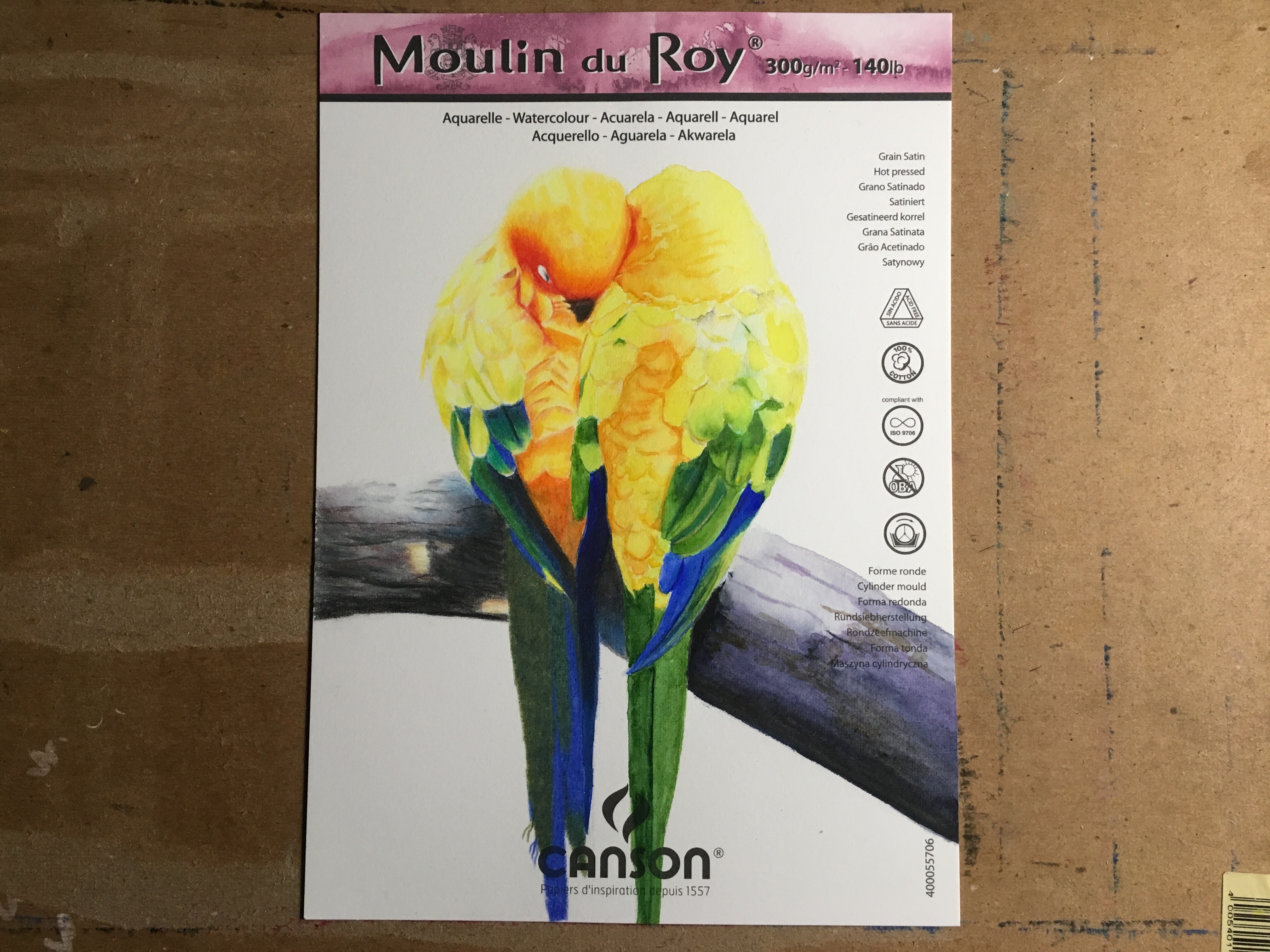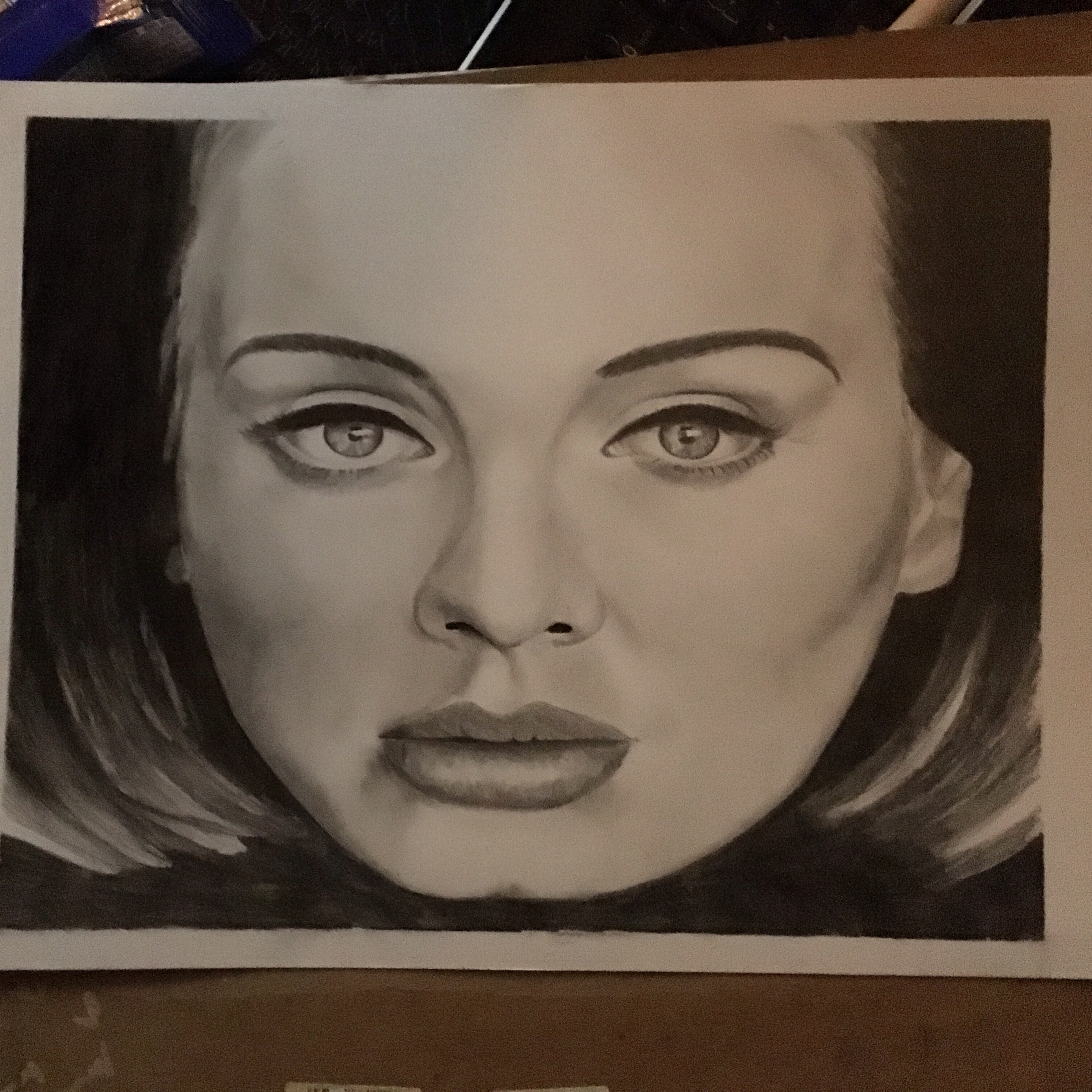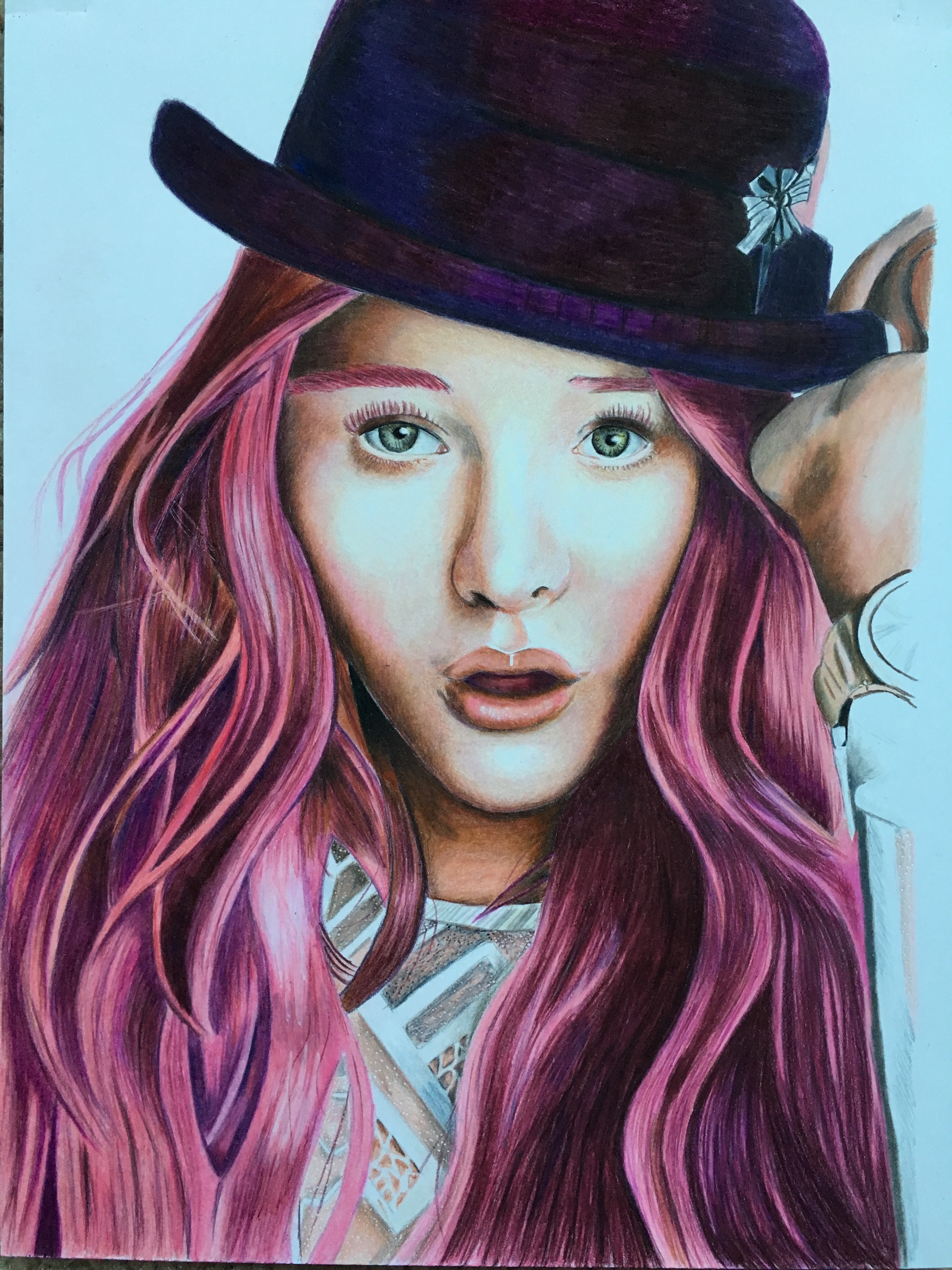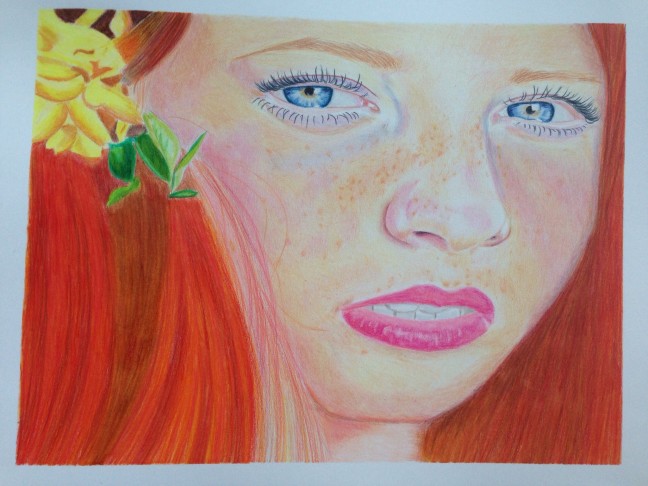

Panasonic announced the launch of a new camera, the Panasonic Lumix GH5 that can be connected to the MacBook Pro. The new LUMIX GH5, Micro Four Thirds camera (MFT) which is now the ultimate photo of the Japanese, especially for videographers. The GH5 is equipped cone a 20.3 MP Live MOS sensor with no low-pass filter, coupled with a new processor Venus Engine that promises to improve the resolution, color and noise reduction, with performance approximately 1.3 times higher than the previous models.
Although, some people complained about the removal of the SD card reader in the MacBook Pro 2016, claiming that it is needed in order to establish some type of connection. Faced with these harsh criticism of Apple, Panasonic has come out to its defense by launching a new camera that will be able to connect to our MacBook Pro 2016 to transfer our recordings, lacking the characteristic memory card in the current cameras. This connection can be seen in the image below.
The inclusion of this USB-C connection, besides improving potability by saving us the adapter that should be acquired, the transfer speed is increased. This speed would increase to 5 Gbps, a significant increase over the ports we have today.
Panasonic is taking the steps that numerous manufacturers are sure to follow. This is because many professionals are using this camera, who are users of Apple products like the new MacBook Pro. This audience that is quite desired by these companies, will be retiring to Panasonic if the competition Does not include this USB-C type connection, as have also Olympus, with the Olympus OM-D EM-O1 Mark II.
The strength with any GH is the video: the GH5 is able to capture video at UHD 4K 60p and 50p (8-bit 4: 2: 0), with a bit rate of 150Mbps and no clipping (use the ‘Length of the sensor width). DCI 4K (24p) and UHD / 30p also offer a 10-bit color bit rate of 150Mbps bit 4: 2: 2. A firmware upgrade for next spring will add to the 10-bit 4: 2: 2 option 1080 / 60p.
Available in summer DCI / 24p, capturing UHD / 30p to 400 Mbps, and capture 1080 / 60p to 200Mbps, both using the All-Intra compression mode, and color mode 10-bit 4: 2: 2. Also coming l ‘firmware update for video capture anamorphic 4K, 4K HDR Photo Style and USB tethering.
The DMC-GH5 has then a set of tools for advanced video capturing, including the waveform and vectorscope monitoring, ‘709 Like’ range, optional support V-logl, adjustment of the luminance level 10-bit and much more. The GH5 supports a 10-bit color output 4: 2: 2 with external recorder (via its HDMI jack) or 8-bit 4: 2: 2, even during the internal recording (8-bit 4: 2: 0 ).
A camera that besides having this type of connection is characterized by its robustness, and the size so comfortable to have it in our hands and take very good pictures. It is also characterized by the inclusion of something as striking as the 6K baptized. This camera can see more detail on the official website of Panasonic.

















 The watercolor painting has a great advantage: it quickly leads to the final images. Unlike many other artistic techniques, it does not require much to get started. In addition, the drying process is very short. Therefore, many artists have used watercolors for sketches and studies.
The watercolor painting has a great advantage: it quickly leads to the final images. Unlike many other artistic techniques, it does not require much to get started. In addition, the drying process is very short. Therefore, many artists have used watercolors for sketches and studies.












